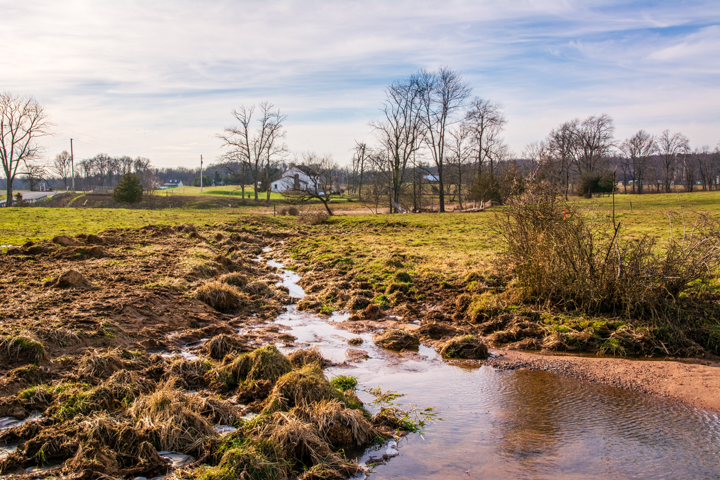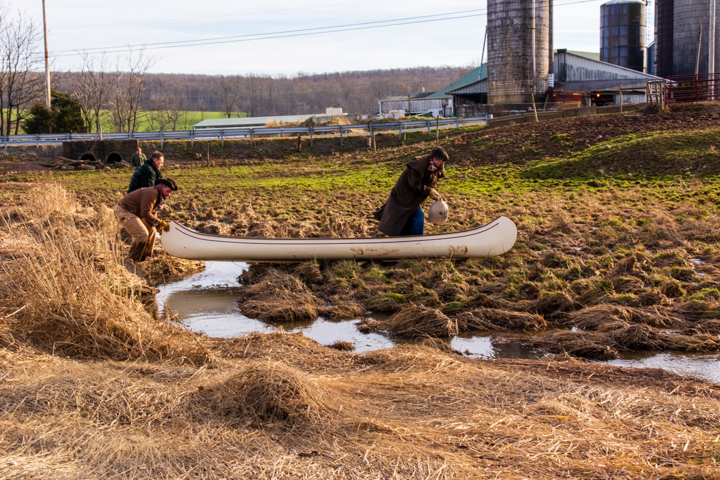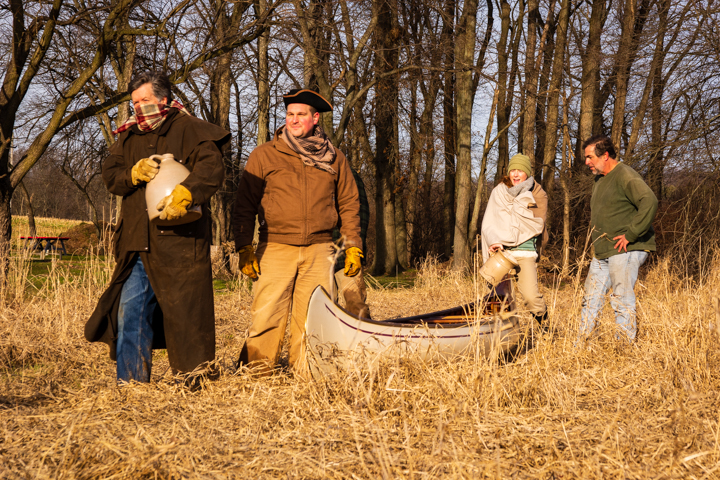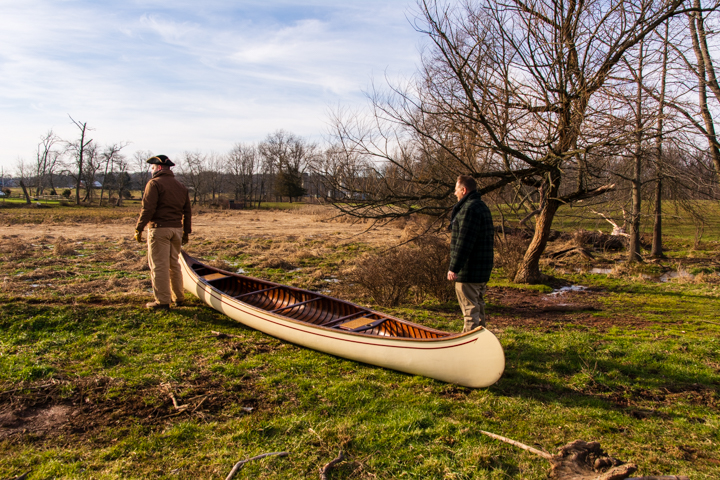During the 17th century, the North American fur trade was big business. Fur-lined coats with fur collars were highly prized in the European markets. Beaver fur was especially desired because the underside of the coat was waterproof. This lining of tightly packed hairs was used to make felt for hats. The North American fur trade began in the Hudson river area but soon branched out in all directions. The Dutch West India company founded the New Netherland colony to exploit the rich fur trade in the New World. By 1656, the Dutch were shipping 80,000 beaver pelts to Holland annually. The French and British were also involved in their own trading businesses.
The Susquehannock Indians living along the North Branch of the Susquehanna became involved in the fur trade and began to move south along the river. One of the routes that the Susquehannocks took to bring their furs to the trading posts on the Schuylkill River ran up the full length of the Conestoga creek and from there a short portage brought them to the Pine Creek which leads to the French Creek and on down to the Schuylkill. The Indians traded their beaver and deer pelts for European manufactured goods like axes and knives, glassware, iron cooking ware, and wool cloth. The once plentiful beaver was unfortunately hunted to near extinction.
After learning about this old trade route, Benton Webber and I were intrigued to see if we could locate the place where the portage between the Conestoga and Pine creeks might have occurred. After some research, we found a likely location and thought it would be fun to try to recreate the portage with an actual canoe. On December 30, a group of intrepid history buffs met at a spot near Elverson to port a canoe across the old portage.

We began at the beginning of the Pine Creek. One of the first obstacles we encountered was an electric fence. Ben had contacted the property owner ahead of time and had the power turned off. But we still had to hoist the canoe over the fence. I’m pretty sure the Susquehannocks making this trek did not have to deal with this kind of obstacle.

On the other side of the fence things went smoothly for a while until we can to what we thought was a dry pond bed. Instead, we encountered a boggy area that was higher than our boots in a few places. At least one of us got a little more intimate with the swamp than we had hoped.

After a bit of a slog, we emerged out of the pond onto some higher ground. Here is Adam Zurn, Sheldon Esch, Allyson Gibson, and Benton Webber on the edge of the Pine Creek.


After a short trek across a muddy cornfield, we arrived at the beginning of the Conestoga watershed. Here are Ben, Adam, Allyson, and John Naylor at the end of our portage. The actual portage would have continued for another mile or so until there would have been enough water to float a canoe again.

We pretended to exchange a few furs for some earthenware. Back in the 1650s, the trade would have happened at a trading post on the Schuylkill river. The Susquehannocks would have had to port canoes loaded with animal pelts in the one direction and with iron cooking pots and heavy cloth in the return trip. The area would have been heavily forested and, instead of electric fences, the travelers would have dealt with briars and mosquitos.


Eventually the fur trade moved further west and by the 18th century, the French Canadian traders set up their posts along the Susquehanna and built roads to carry their goods to the ships on the Delaware. One of those early roads was “Peter’s Road” that ran from Paxtang to Chester as early as 1717.
For more information on the Fur Trade, see my articles on Martin Chartier and Jacques LeTort.

2 comments on “A Portage Reenactment”
Comments are closed.